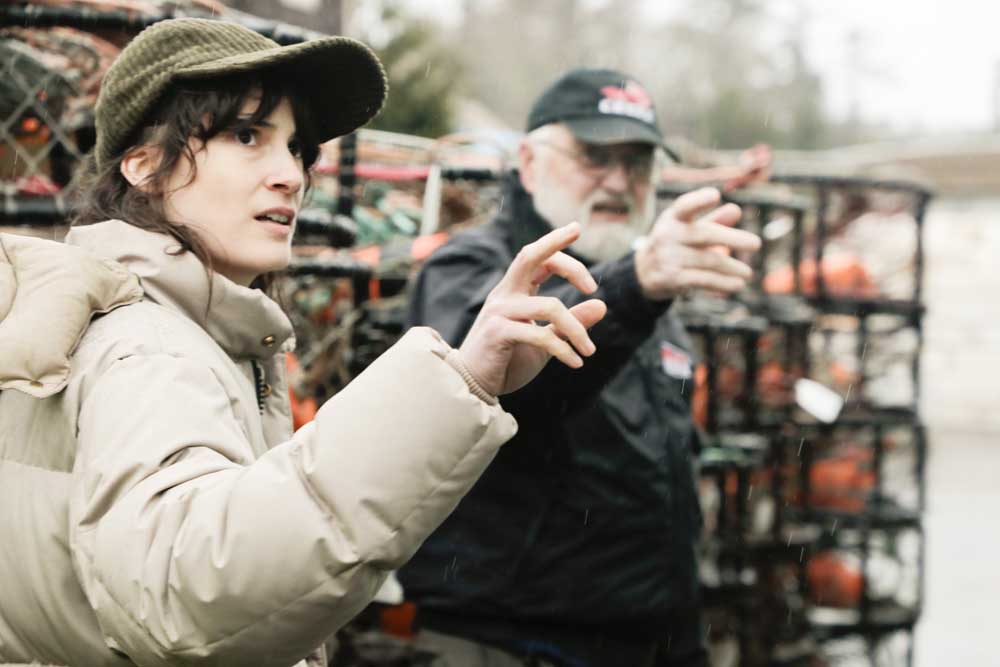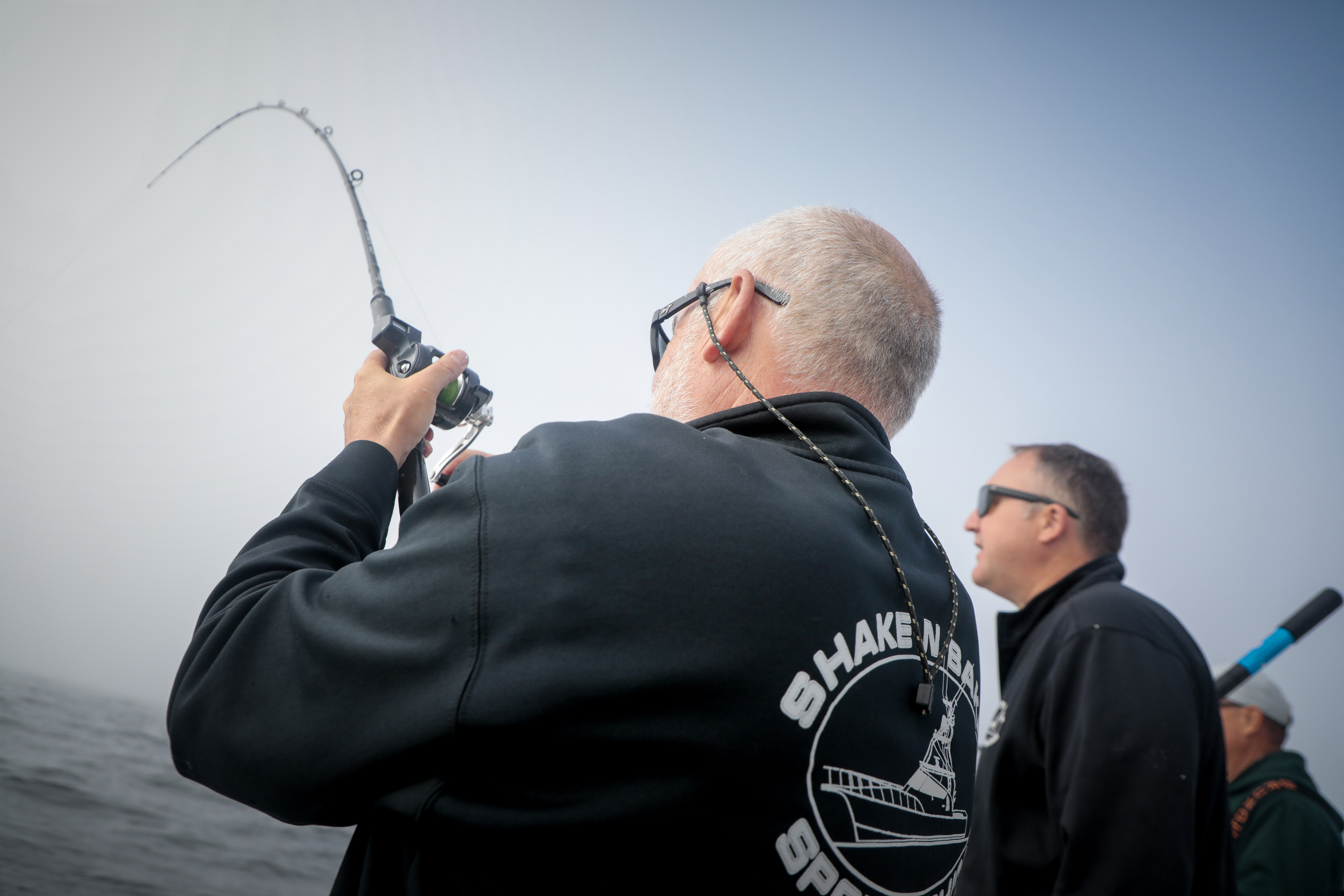Birding: Flock around the clock: Birds on the move!
Published 4:35 pm Tuesday, September 10, 2019

- This flock of migration Canada geese are resting and feeding before taking off for southern climes!
One of the major keys to bird identification is behavior. Behavior includes such things as feeding, singing, moving, sitting and/or whether a bird is in a flock. Lately as full migration ramps up some birds are beginning to flock. American robins, American crows, European starlings, and our migrating shorebirds are current examples. Other birds that often travel in flocks at this time of year but also at other times include Canada geese, crossbills, chickadees and kinglets.
Trending
During the past few weeks I have been seeing large flocks of birds gathering for the trip south. It’s gotten me thinking about the reasons behind this behavior. It appears as though there are several reasons as to why birds flock at any time not just during migration. Flocking is defined as a gathering of a group of the same species in order to forage or travel with one another. In birds, flocks are typically seen in association with migration. While this is true it can also be seen that flocking is important in safety from predation, foraging benefits and energy saving.
Some species like the Canada goose fly in a V formation. Whenever you see Canada geese flying along in their V formation as they migrate in spring and/or fall, think about what science has learned about why they fly that way. As each bird flaps its wings, it creates uplift for the bird immediately following it. By flying in a “V” formation, the whole flock can fly much further than if each bird flew on its own. It is energy conserving. Whenever a goose falls out of formation, it feels the resistance of trying to go it alone, and quickly gets back into formation to take advantage of flying with the flock.
Shorebirds such as dunlin and sanderling benefit from flocking when feeding as do American white pelicans. The pelicans not only nest in dense colonies, but they also help each other by forming a circle around a school of fish and from which they herd the schooling fish so they can be scooped up while the birds are swimming.
Trending
Shorebirds take advantage of the same food source and flocking facilitates by alerting them to a source that a lone bird has already located. Witness what happens when a gull or a cormorant locates a ball of bait fish. It isn’t long before their colleagues plus flocks of brown pelicans, Caspian terns etc. join in the feast.
Other species like eider ducks leave their babies with another mother. Thus, one eider is babysitting a group of babies for their parents. This concept of a large grouping offers more protection from predators for those making up the group. The larger the group, it seems, the safer a bird is, especially if it is situated in the middle of the group! The weaker or injured birds tend to be on the edge and so make easier prey. This same phenomenon applies to birds that nest in colonies. Those on the edge of the colony are more susceptible to predation than those in the middle.
Flocking occurs around the clock as migration occurs both day and night. If you go out late at night and listen you might hear flocks of birds as they wing their way to the north in spring or to the south in fall. Dawn and dusk are good times to see migrating species gathering. Flocking shorebirds and sooty shearwaters can be seen during the daylight hours. Keep your eyes open and you are sure to witness this behavior of the birds!
”Common Birds of the Long Beach Peninsula,” by Kalbach and Stauffer, is available from the Chinook Observer, Bay Avenue Gallery, Time Enough Books and the Long Beach Peninsula Visitors Center.









